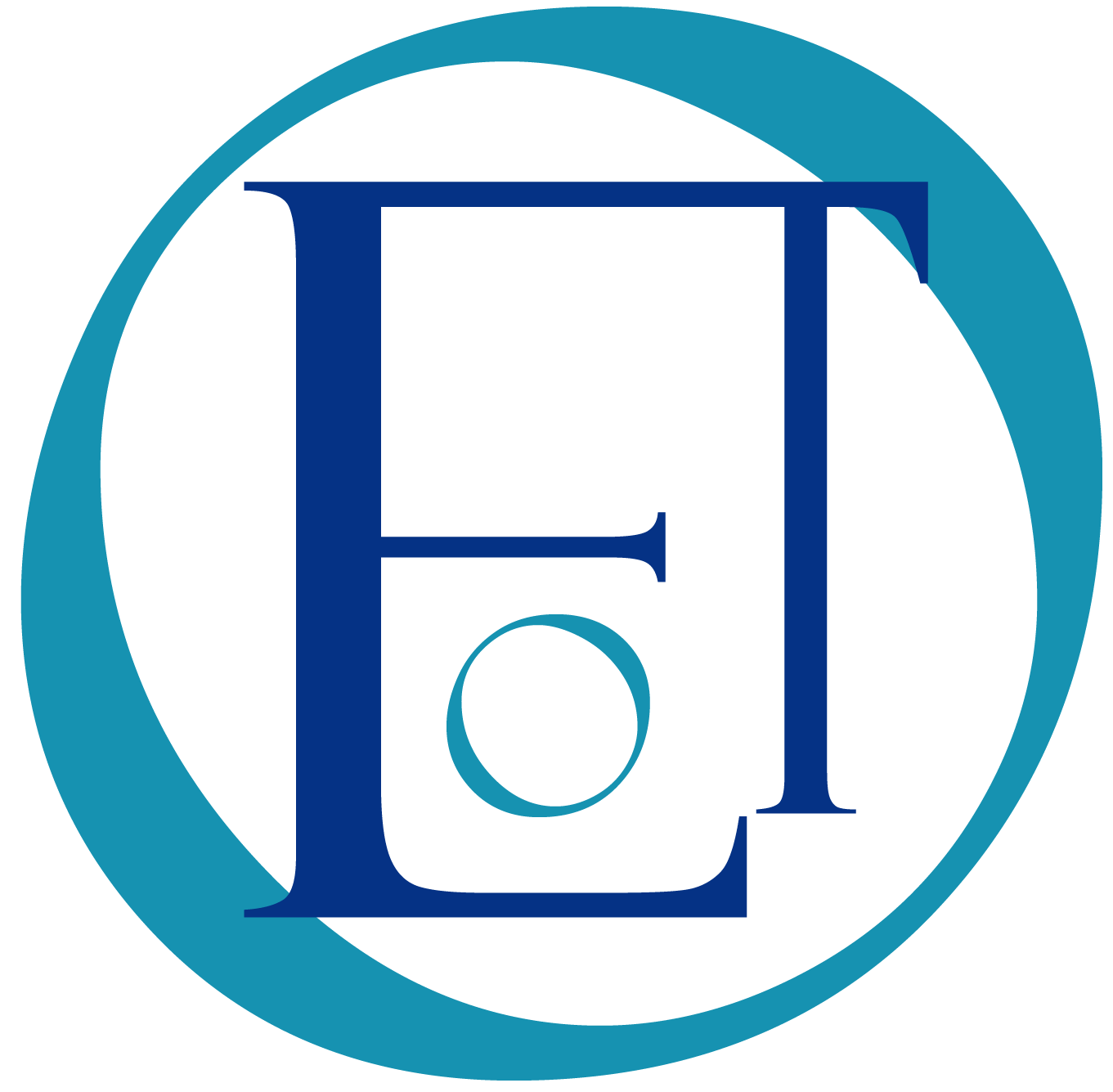
Eyes on the Ocean™ (EOTO) is an informal way of keeping you up-to-date on U.S. IOOS activities. The newsletter is distributed once a month. To be added to the EOTO distribution list, please click here.
To view the meetings, webinars, funding opportunities, and jobs page, click here.
 Official websites use .gov
Official websites use .gov Secure .gov websites use HTTPS
Secure .gov websites use HTTPS
.jpg)